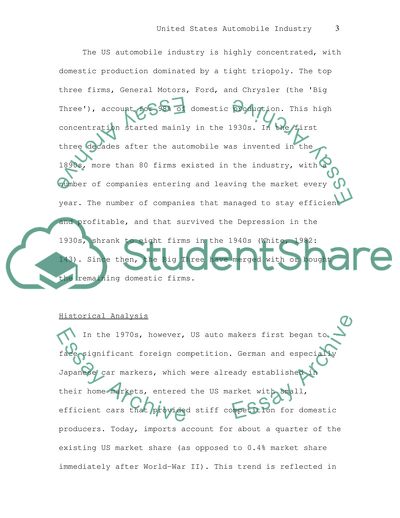Cite this document
(The United States Automobile Industry Term Paper, n.d.)
The United States Automobile Industry Term Paper. Retrieved from https://studentshare.org/macro-microeconomics/2028184-automobile-industry-in-the-united-states-report-assignment-from-an-economic-point-of-view
The United States Automobile Industry Term Paper. Retrieved from https://studentshare.org/macro-microeconomics/2028184-automobile-industry-in-the-united-states-report-assignment-from-an-economic-point-of-view
(The United States Automobile Industry Term Paper)
The United States Automobile Industry Term Paper. https://studentshare.org/macro-microeconomics/2028184-automobile-industry-in-the-united-states-report-assignment-from-an-economic-point-of-view.
The United States Automobile Industry Term Paper. https://studentshare.org/macro-microeconomics/2028184-automobile-industry-in-the-united-states-report-assignment-from-an-economic-point-of-view.
“The United States Automobile Industry Term Paper”, n.d. https://studentshare.org/macro-microeconomics/2028184-automobile-industry-in-the-united-states-report-assignment-from-an-economic-point-of-view.


